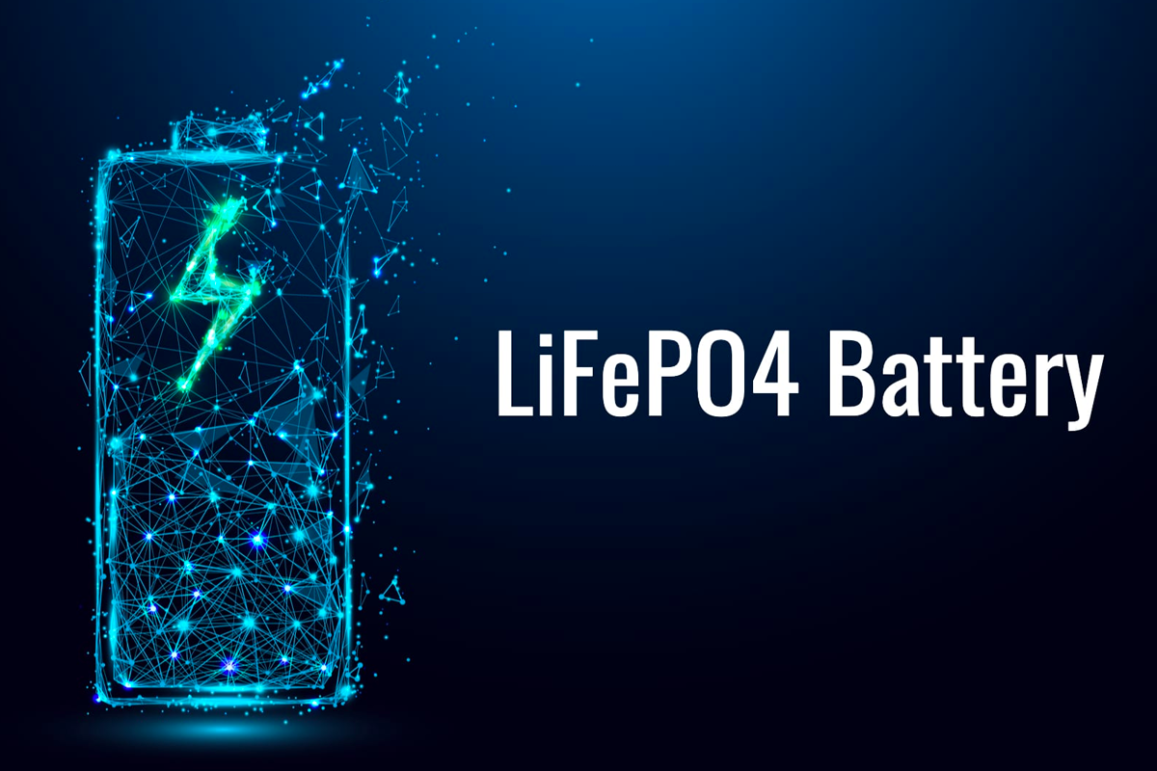
Lithium batteries are widely used in various industries, from consumer electronics to electric vehicles and renewable energy systems, owing to their high energy density and long lifespan. However, like all batteries, lithium batteries have a limited lifespan determined by their cycle life – the number of charge and discharge cycles a battery can undergo before its capacity significantly diminishes. In this guide, we’ll explore the factors that influence lithium battery cycle life, common causes of battery failure, and practical tips for extending the lifespan of lithium batteries.
What is Lithium Battery Cycle Life?
Lithium battery cycle life refers to the number of full charge-discharge cycles a battery can undergo before its capacity drops to a predefined threshold, such as 80% of its original capacity. This measurement is essential for applications that require reliable and long-lasting performance. Understanding cycle life is important for devices like electric vehicles (EVs), energy storage systems, and other applications where consistent battery performance is critical.

Key Factors Affecting Lithium Battery Cycle Life
Several factors influence the cycle life of a lithium battery, including battery chemistry, usage patterns, operating conditions, and maintenance practices. Here are the main factors that impact battery lifespan:
- Battery Chemistry: The type of lithium battery chemistry used can have a significant impact on its cycle life. For example, lithium iron phosphate (LiFePO4) batteries generally last longer than lithium-ion (Li-ion) batteries. LiFePO4 batteries can typically last up to 2000 cycles, while Li-ion batteries may last around 300-500 cycles.
- Usage Patterns: The frequency and depth of discharge are important factors in determining how long a battery lasts. Deep discharges, where the battery is drained to very low levels, can cause permanent capacity loss and reduce the overall lifespan of the battery.
- Operating Conditions: Exposure to extreme temperatures, both high and low, can accelerate the degradation of a lithium battery. High temperatures can cause the battery’s internal components to break down faster, while low temperatures can reduce its capacity and increase internal resistance, negatively impacting performance.
- Maintenance Practices: The way a battery is charged and maintained is crucial for extending its life. Overcharging, using incompatible chargers, or failing to follow proper charging routines can cause a battery to degrade prematurely. Regular maintenance ensures optimal performance and longevity.
Common Causes of Lithium Battery Failure
Lithium battery failure can occur due to several reasons. Below are some common causes of battery failure:
- Overcharging: Charging a lithium battery beyond its safe limits can cause overheating, which accelerates degradation and may even result in swelling or explosion. Always ensure that the battery is charged according to the manufacturer's guidelines.
- Deep Discharge: Frequently discharging a lithium battery to very low levels can significantly shorten its life. This process can cause the battery’s internal chemistry to degrade, leading to reduced capacity and performance.
- Extreme Temperatures: Both excessively high and low temperatures can cause irreversible damage to the battery. Heat can speed up internal degradation, while cold temperatures can diminish its ability to hold a charge.
- Physical Damage: Physical impacts, such as dropping or crushing the battery, can damage internal components and lead to failure. Always handle batteries with care to prevent physical harm.
Tips for Maximizing Lithium Battery Cycle Life
By following some best practices, you can help extend the cycle life of your lithium batteries. Here are some tips for maximizing battery lifespan:
- Use the Right Charger: Always use the correct charger designed for the specific battery type. Using an inappropriate charger can cause overcharging or inefficient charging, which can degrade the battery.
- Avoid Extreme Temperatures: Store and operate your lithium battery within a safe temperature range. Avoid leaving the battery in direct sunlight, hot cars, or other extreme environments that may damage the battery.
- Store at Partial Charge: If you’re not using your battery for an extended period, store it at around 50% charge. This helps minimize chemical reactions inside the battery that could lead to capacity loss.
- Avoid Deep Discharges: To maximize the life of your battery, try to keep it charged between 20% and 80% of its full capacity. Avoid letting it discharge completely on a regular basis.
- Limit High-Drain Activities: Activities that demand high power, like gaming or streaming video, can cause the battery to heat up, accelerating degradation. Use these features sparingly to protect battery health.
- Enable Power-Saving Modes: Many devices offer power-saving modes that reduce the load on the battery. Whenever possible, use these modes to minimize battery consumption.
- Perform Regular Maintenance: Regularly check for signs of damage or swelling and inspect the battery’s performance. Cleaning battery contacts and ensuring that the battery is functioning properly can help maintain performance.
By following these tips, you can ensure that your lithium batteries last longer and maintain their performance for as long as possible.
Comparing Different Types of Lithium Batteries in Terms of Cycle Life
There are several types of lithium batteries, each with different characteristics, including their cycle life. Here’s a comparison of various types of lithium batteries:
| Lithium Battery Type | Typical Cycle Life |
|---|---|
| Lithium-Ion (Li-ion) | 300-500 cycles |
| Lithium-Polymer (Li-poly) | 500-700 cycles |
| Lithium Iron Phosphate (LiFePO4) | 3000-6000 cycles |
| Lithium Titanate Oxide (LTO) | 15000+ cycles |
| Lithium Manganese Oxide (LiMn2O4) | 1000-2000 cycles |
| Lithium Nickel Cobalt Aluminum Oxide (NCA) | 300-500 cycles |
| Lithium Nickel Manganese Cobalt Oxide (NMC) | 500-1000 cycles |
Lithium iron phosphate (LiFePO4) batteries are known for their long cycle life, typically lasting between 3000 and 6000 cycles, making them ideal for high-demand applications such as electric vehicles and energy storage systems.
Real-World Applications and the Impact of Cycle Life
Lithium batteries are used in many real-world applications, such as portable electronics, electric vehicles, and renewable energy storage. The cycle life of a battery has a direct impact on the performance and efficiency of these applications.
- Electric Vehicles: In EVs, a longer cycle life ensures that the vehicle’s battery can last for many years, reducing the need for replacements and lowering overall maintenance costs. A battery with a short cycle life would need frequent replacements, increasing overall costs.
- Renewable Energy Systems: In energy storage systems used for solar or wind power, the cycle life of the battery is crucial for efficient energy storage and usage. Batteries with a longer cycle life can store more energy over time, reducing downtime and maximizing energy output.
Understanding the effect of cycle life on battery performance is key to selecting the right battery for your specific needs and ensuring its efficient operation over the long term.
Conclusion
Lithium battery cycle life is a critical factor to consider when selecting and using batteries for various applications. By understanding the factors that influence cycle life, the common causes of failure, and the best practices for maintaining battery health, you can ensure that your lithium batteries last as long as possible. Proper usage, storage, and care will maximize the lifespan of your battery, providing reliable performance for years to come.
By following these tips and understanding the science behind battery cycle life, you can make informed decisions that help extend the service life and efficiency of your lithium batteries.
https://www.spider-way.com/maximizing-the-lifespan-of-lithium-batteries-everything-you-need-to-know/?_unique_id=67e6adc94e616
Comments
Post a Comment